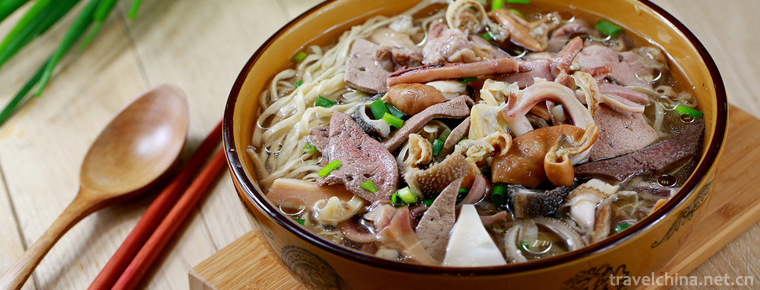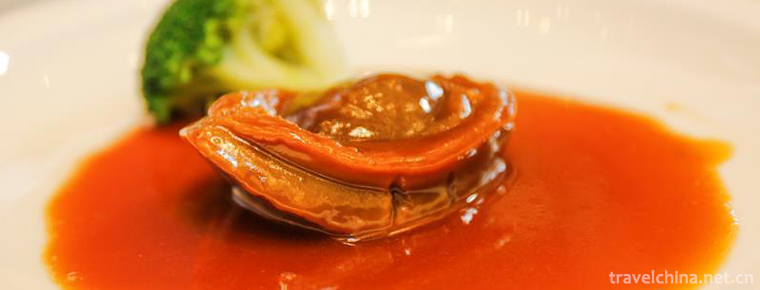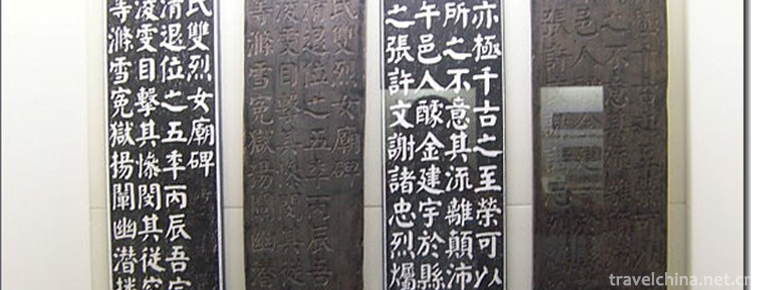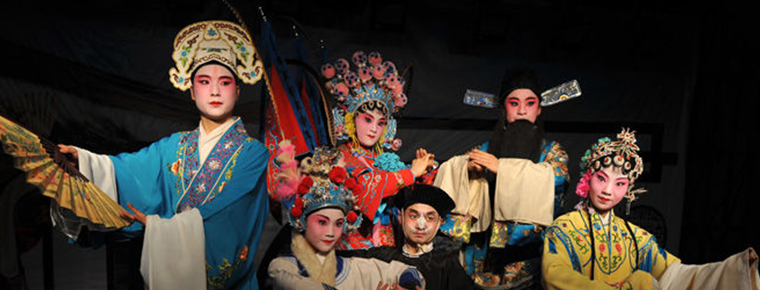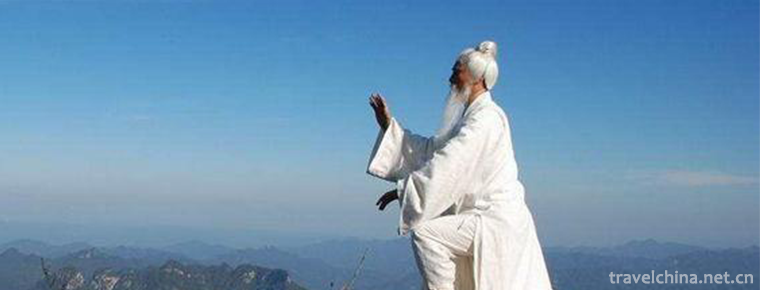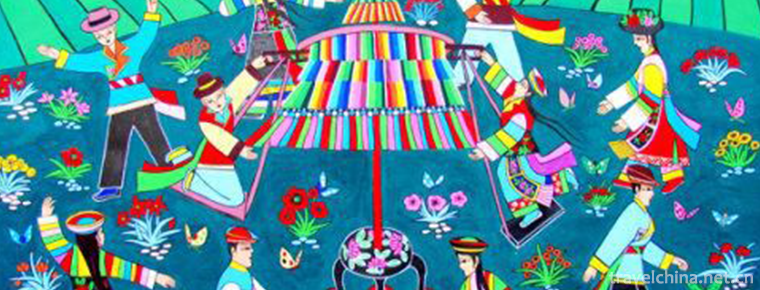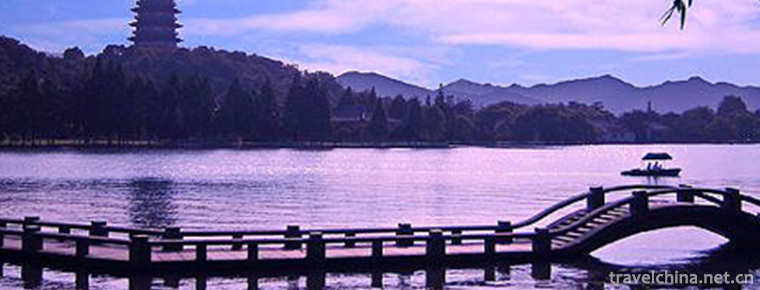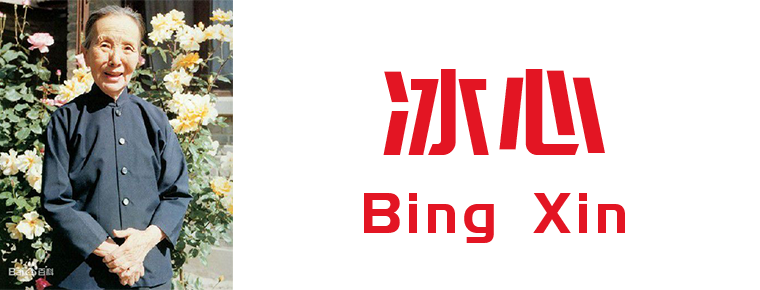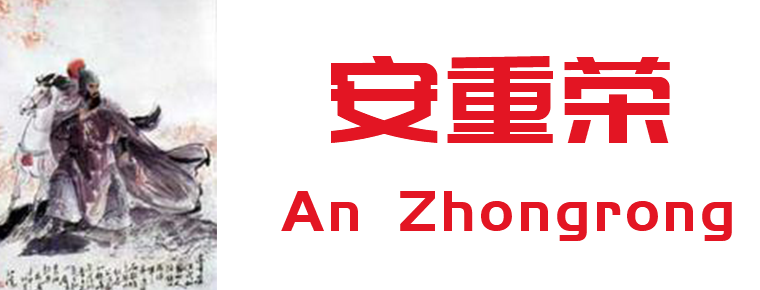Giant Sleeping Buddha
Giant Sleeping Buddha
The giant Sleeping Buddha is located in Leshan City, Sichuan Province. In the periphery of Leshan Giant Buddha, there is a "giant Sleeping Buddha" with a total length of more than 4000 meters and composed of several mountains. This Sleeping Buddha has complete limbs and clear outline. It is like falling into a deep sleep, with a posture of facing up to the sky and a dignified posture. The famous Leshan Giant Buddha just sits right in the heart of the Giant Buddha to form a world wonder. The head, body and foot of the Giant Buddha are respectively composed of three mountains of Wuyou mountain, Lingyun mountain and Guicheng mountain.
Basic introduction
The Buddha's head is composed of the whole Wuyou mountain. The stone, green bamboo, green shade, mountain path, pavilions and temples on the mountain are respectively presented as the hair bun, eyelashes, nose bridge, lips and mandible of the Giant Buddha; the body of the Buddha is composed of Lingyun mountain, and the nine peaks on the mountain are connected, just like the broad chest, round waist and healthy legs of the Giant Buddha; the Buddha's feet with the upturned feet are part of Guicheng mountain. The whole posture of the Buddha is very lifelike and natural, just like the creation of the heavenly palace, without any trace of artificial knives and axes.
Article records
"Giant Sleeping Buddha" is a wonder composed of Wuyou mountain, Lingyun mountain and Guicheng mountain. On May 11, 1989, pan Hongzhong, a farmer from Chonghe Township, Shunde County, Guangdong Province, visited Leshan and photographed a panoramic picture of Lingyun and Wuyu. After returning to his hometown, he suddenly found that the mountain in the photo looked like "a healthy man lying on his back"; so he wrote the discovery of the Giant Buddha in Leshan, which was published for the first time in Sichuan Cultural Relics (No. 4, 1990).
In August, Leshan daily published the full text of the discovery of Giant Buddha in Leshan. In September, the Sichuan Provincial Department of culture sent an investigation team to Leshan for a special visit, which was affirmed. Geng continued, Sichuan Daily, China culture daily, people's daily (Overseas Edition), Huasheng news, China Tourism News, tonight news, Xinhua news agency, CCTV and other news units competed to report, which produced unexpected repercussions at home and abroad. There is an endless stream of tourists from far and near.
Shape introduction
"Giant Buddha" head south foot North, lying on the East Bank of Mianjiang River, north-south straight line distance of about 1300 meters. Wuyou mountain is the "Buddha's head": the muzzle is "meat bun", the Jingyun Pavilion is like "eyelashes", and the tree crowns on the top of the mountain are "forehead, nose, lip and jaw", which are vivid and full of charm; qiluan and Jifeng peaks in Lingyun mountain are "Buddha chest", Lingbao peak is its "abdomen and thigh", and Jiri peak is its "leg"; the south slope of Guicheng mountain is its "foot". Leshan Giant Buddha is located in the "shoulder" and "chest", implying that "the heart is the Buddha" and "the heart has the Buddha", forming the wonder of "Buddha" in the "Buddha".
Construction materials
Jufo mountain is a purple brick red sandstone of the upper Cretaceous Jiaguan formation, 120 million years ago. In the late Warring States period, Li Bing, the governor of Qin and Shu, had "Gouli Dui", and the mountain body of Wuyou mountain changed. In the Han Dynasty, the three mountains were all cemeteries, and hundreds of cliff tombs were built. In the Mahao cliff tomb between Lingyun and Wuyu, there is one of the earliest cliff Buddha statues in China. In the Tang Dynasty, Buddhism flourished in Wuyou mountain and Lingyun mountain. Wuyou temple and Lingyun temple were built and Leshan Giant Buddha was built. Lingbao pagoda was built in the Tang Dynasty, and has been maintained in the past dynasties since the Song Dynasty. These related natural, human and historical marvelous combination, the "Giant Buddha" as a cultural phenomenon, in the early 1990s of the 20th century showed in front of people. The fantastic scenery adds a new content to the famous city of Leshan.
"It looks like a peak on the side of the ridge, with different heights in the near and far.". The "Giant Buddha" landscape is not everywhere, the best place to see the "Giant Buddha" is in the east of Leshan ancient city yingchunmen pier. If you look south, you can see the Grand Buddha in spring or summer, in the morning or in the evening, in sunny days, or in the clouds. The huge figure, accompanied by the three rivers and the four seasons, seems to be hidden and visible. It is integrated with the landscape of Jiazhou, giving visitors a beautiful enjoyment of the beautiful scenery and a kind of cultural edification.

-
Pig liver Noodles
made from noodles, pig bones, fresh pig liver and other main ingredients.
Views: 259 Time 2018-10-12 -
Eight dishes
Eight-flavor dish is a delicacy, the main ingredients are green pepper, 1000 grams; soybean, 1000 grams; head vegetables, 3000 grams; sugar, 250 grams; vinegar, 250 grams; salt, 250 grams; soy sauce, .
Views: 447 Time 2019-03-27 -
Brewing Techniques of Sufu
Sufu brewing technology, the traditional technology of Haidian District, Beijing, is one of the national intangible cultural heritage..
Views: 142 Time 2019-04-30 -
Rubbing and Printing Skills of Hengshui Inscriptions
Hengshui Law Tie Engraving and Printing Technology, the traditional handicraft of Taocheng District, Hengshui City, Hebei Province, is one of the national intangible cultural heritage..
Views: 191 Time 2019-05-03 -
Jinghe Opera
Jinghe Opera, a local traditional drama in Lixian County, Hunan Province, is one of the national intangible cultural heritage..
Views: 186 Time 2019-05-08 -
Taiji boxing
Taijiquan, a national intangible cultural heritage, is based on the traditional Chinese Confucian and Taoist philosophy of Taiji, Yin-Yang dialectical concept as the core idea, integrating many functi.
Views: 169 Time 2019-06-18 -
Turkish Pan Embroidery
Pan embroidery is the most important embroidery method in Chinese Tu embroidery, and it is a compulsory course for Tu women in their lifetime. Pan embroidery is a unique embroidery method of the Tu na.
Views: 388 Time 2019-06-23 -
Legend of West Lake
The legend of West Lake is one of the local folklores in Hangzhou, Zhejiang Province. It is a national intangible cultural heritage list. Xihu beautiful mountains and rivers, snowflakes and moons, sin.
Views: 129 Time 2019-07-01 -
Bing Xin
Bing Xin (October 5, 1900 - February 28, 1999), female, formerly known as Xie Wanying, Changle, Fujian province (now Changle District, Fuzhou), China Association for democracy promotion ( China Associ.
Views: 159 Time 2019-09-06 -
An Zhongrong
An Zhongrong (- 942 years), Zi tie Hu, Shuozhou (now Shuozhou, Shanxi). The generals of the Five Dynasties and Ten Kingdoms during the late Tang Dynasty and the Late Jin Dynasty..
Views: 263 Time 2019-09-11 -
History of Dazhou
Dazhou area belonged to Liangzhou in Xia Dynasty and Yongzhou in Yin Dynasty. The earliest indigenous people were the Cong people, who established the state of Cong (now tuxi Town, Quxian county). In the early Warring States period, Ba people migrated fro.
Views: 204 Time 2020-12-20 -
Dazhous tertiary industry
In 2019, the total retail sales of social consumer goods in Dazhou city will reach 98.794 billion yuan, an increase of 11.0%, 0.6 percentage points higher than that of the whole province, ranking the fourth in the province. From the regional perspectiv.
Views: 186 Time 2020-12-20
